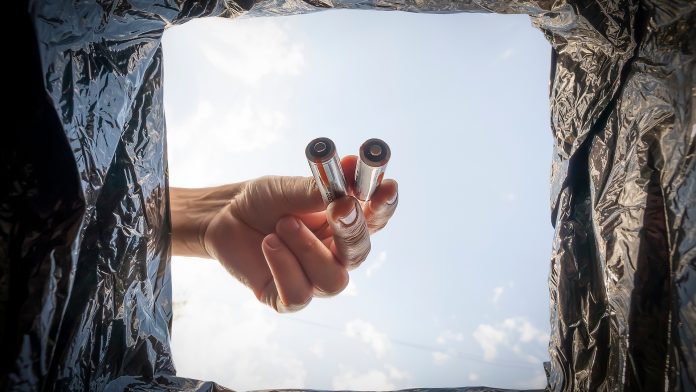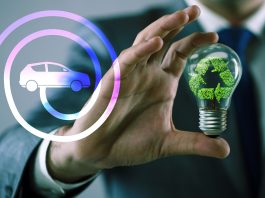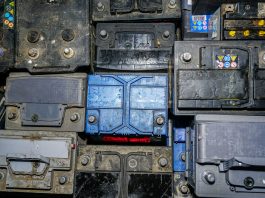A team of researchers at the University of Birmingham has achieved a significant breakthrough in the realm of battery waste upcycling.
The team’s pioneering method involves upcycling end-of-life battery waste into materials crucial for the development of ‘next-generation’ battery cathodes.
This breakthrough holds immense promise for revolutionising the energy storage landscape and potentially transforming the future of electric vehicles (EVs) and renewable energy systems.
Cathodes: A critical component
Cathodes, responsible for supplying electrical current in batteries, have been a limiting factor in achieving high-energy, cost-effective lithium-ion batteries essential for reducing global CO2 emissions and combating global warming.
The ability to maintain discharge efficiency over numerous charge-discharge cycles is vital, particularly in EV batteries.
The upcycling mission
Addressing the challenges posed by both designing high-energy battery cathodes and establishing effective recycling processes for lithium-ion batteries, the University of Birmingham researchers have elevated their efforts.
Their objective involves ‘upcycling’ recovered battery materials, aiming to convert waste streams from existing EV batteries into raw materials for manufacturing high-performance batteries.
Transforming waste into innovation
The research team utilised recovered materials from end-of-life EV batteries to synthesise compounds with a disordered rocksalt (DRX) structure.
This particular structure stands out as a game-changer, offering a viable alternative to the conventional layered structure found in typical cathode materials.
By employing DRX materials, the capacity of the cathode can be significantly enhanced, paving the way for the creation of rechargeable lithium-ion batteries with higher energy density.
Recharging battery waste
This research builds on previous work demonstrating the use of ascorbic acid (Vitamin C) as a leaching agent, eliminating the need for hazardous chemicals in cathode recycling.
Led by Professor Peter Slater, the team has successfully upcycled waste battery materials from cathodes containing lithium manganese oxide (LMO) and nickel-rich ‘layered’ oxide (LO) into lithium manganese nickel oxides (LMNO), a highly sought-after high-voltage cathode material.
The team’s breakthrough involves using citric acid as a leaching agent to simplify the process further. They applied this method to cathodes from an end-of-life Gen 1 Nissan Leaf, repurposing recovered LMO as a foundation for LMNO synthesis.
Professor Slater emphasised that the current challenge lies not merely in recycling but in upcycling battery components to meet the evolving chemistry demands of newer batteries.
He said: “The challenge is no longer about recycling. Battery chemistry has moved on considerably in the last decade, and, as first-generation EV batteries reach the end of their lives, their components need to be upcycled to deliver chemistries that can be reused in the newer batteries.”
Novel approach and high-performance results
This pioneering approach marks the first instance of creating such materials from recycled battery waste.
Electrochemical testing of the synthesised materials showcased exceptional performance, rivalling those prepared from traditional high-purity reagents.
These findings affirm the practicality and efficacy of this innovative approach, emphasising its potential to revolutionise battery manufacturing.
Continuing their efforts, the research team is exploring multiple methods for recycling and upcycling battery cathode materials.
They are actively seeking long-term partnerships for pilot studies, technology delivery to existing infrastructure, or collaborative ventures to drive further research and develop innovative approaches in this domain.









